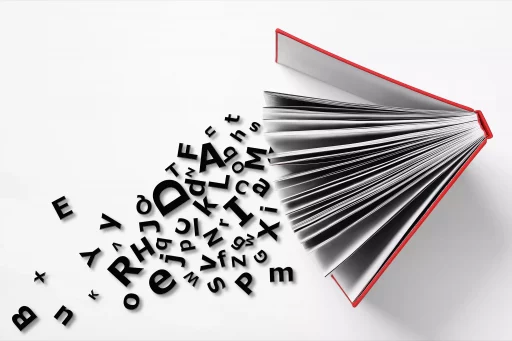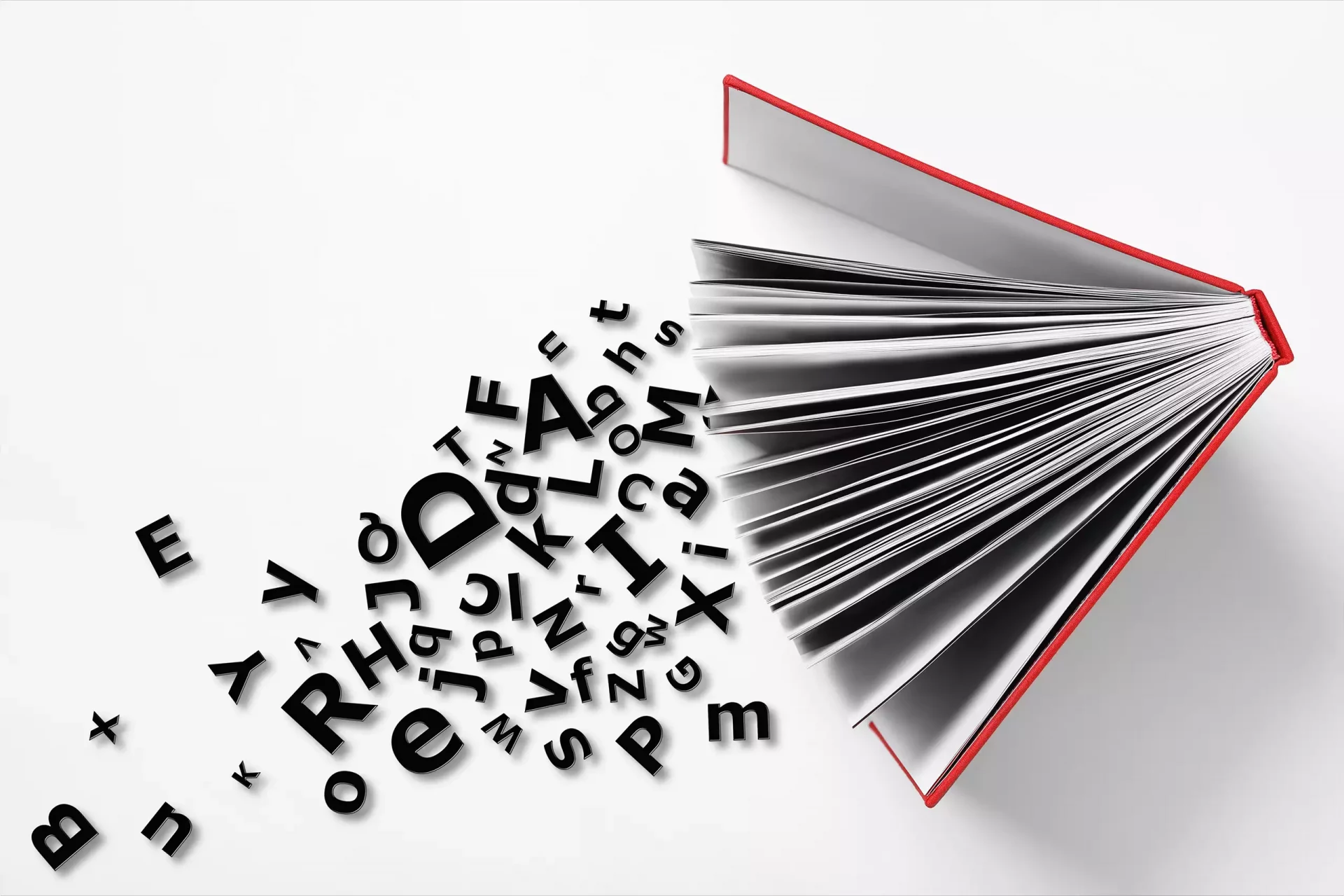Understanding the Three Branches of Government
The foundation of any democratic government rests on the principle of separation of powers. This concept divides government responsibilities into three distinct branches: the Executive, the Legislative, and the Judicial. Each branch operates independently while maintaining a system of checks and balances to ensure that no single branch gains excessive power. This article explores each branch, provides examples, case studies, and statistics to clarify their roles and significance.
The Legislative Branch
The Legislative Branch is responsible for making laws. In the United States, this branch is represented by Congress, which is bicameral, consisting of two houses: the Senate and the House of Representatives.
- Senate: Comprising 100 members, two from each state, Senators serve six-year terms. They have the power to ratify treaties and confirm presidential appointments.
- House of Representatives: This chamber has 435 members, with representatives serving two-year terms. The number of representatives from each state is based on its population.
The legislative process begins when a bill is proposed. For instance, in 2021, the American Rescue Plan Act, aimed at addressing the economic consequences of the COVID-19 pandemic, went through both houses before being signed into law. This illustrates how essential the legislative branch is for responding to national issues.
The Executive Branch
The Executive Branch is tasked with enforcing the laws passed by Congress. This branch is headed by the President of the United States, who also acts as the Commander-in-Chief of the Armed Forces.
- Powers of the President: Includes issuing executive orders, negotiating treaties (subject to Senate approval), and appointing federal judges.
- Cabinet and Agencies: The President’s Cabinet consists of heads of federal agencies, who offer counsel and execute various governmental functions.
One notable case study is President Franklin D. Roosevelt’s New Deal during the Great Depression. Through executive orders and legislative collaboration, his administration implemented a series of programs aimed at economic recovery, showcasing the Executive Branch’s capacity to effect rapid change in times of crisis.
The Judicial Branch
The Judicial Branch interprets laws and ensures justice is delivered fairly. It includes the Supreme Court and lower federal courts. The Supreme Court is the highest court, tasked with interpreting the Constitution and reviewing laws for constitutionality.
- Supreme Court Justices: There are currently nine justices, appointed for life, ensuring they are insulated from political pressures.
- Landmark Cases: Cases such as Marbury v. Madison established the principle of judicial review, allowing the Supreme Court to invalidate legislation that conflicts with the Constitution.
Statistics show that since its establishment, the Supreme Court has decided over 25,000 cases. Its role in shaping social policies, such as racial segregation laws (Brown v. Board of Education) and LGBTQ+ rights (Obergefell v. Hodges), underscores its vital function in safeguarding rights and liberties.
Checks and Balances
The interplay among the three branches ensures that power is not concentrated in any single entity. This system of checks and balances provides each branch with certain powers to limit the others, thus preventing tyranny.
- Congressional Oversight: Congress can investigate the Executive Branch and has the power to impeach the President.
- Presidential Veto: The President can veto legislation passed by Congress, although Congress can override this veto with a two-thirds majority in both houses.
- Judicial Review: The Supreme Court can declare laws or executive actions unconstitutional.
This dynamic can be seen in the impeachment trials of Presidents Bill Clinton and Donald Trump, where the Legislative Branch held the Executive accountable for perceived misconduct.
Conclusion
The three branches of government form the cornerstone of democracy by promoting accountability and preventing the abuse of power. Understanding how these branches operate and interact is crucial for engaging in civic life and advocating for justice and equality in society. Whether through legislation, executive action, or judicial rulings, each branch plays a significant role in shaping the nation.


